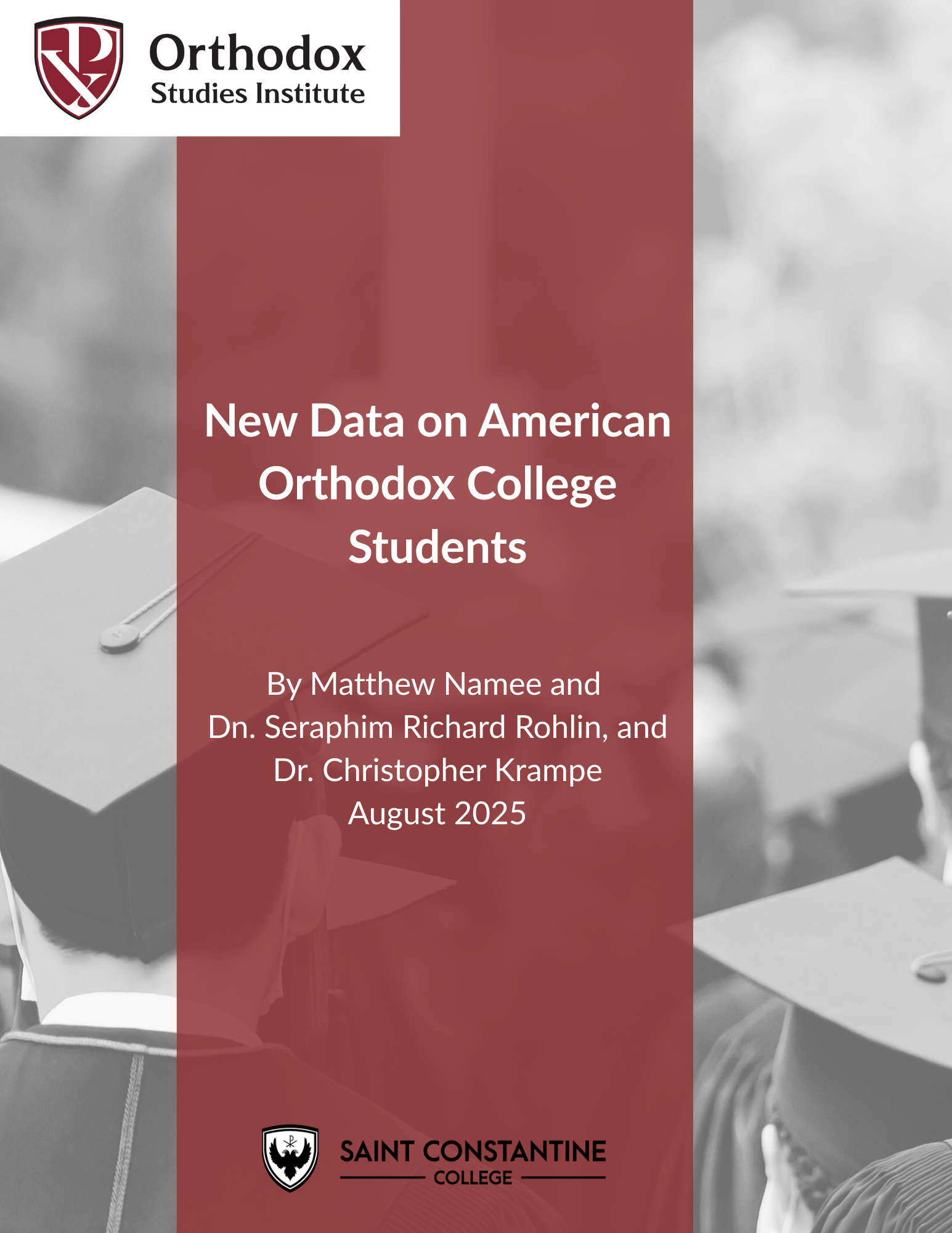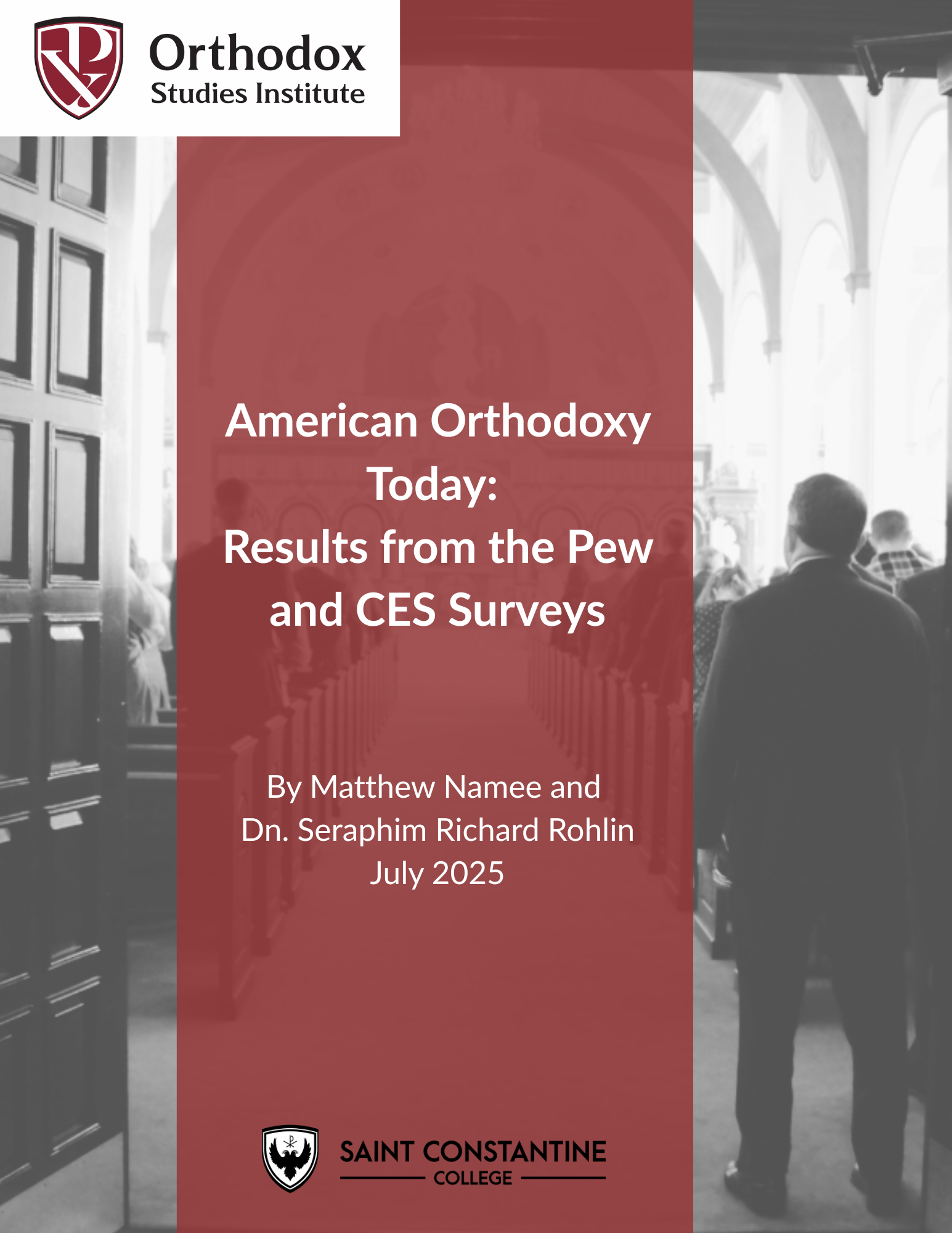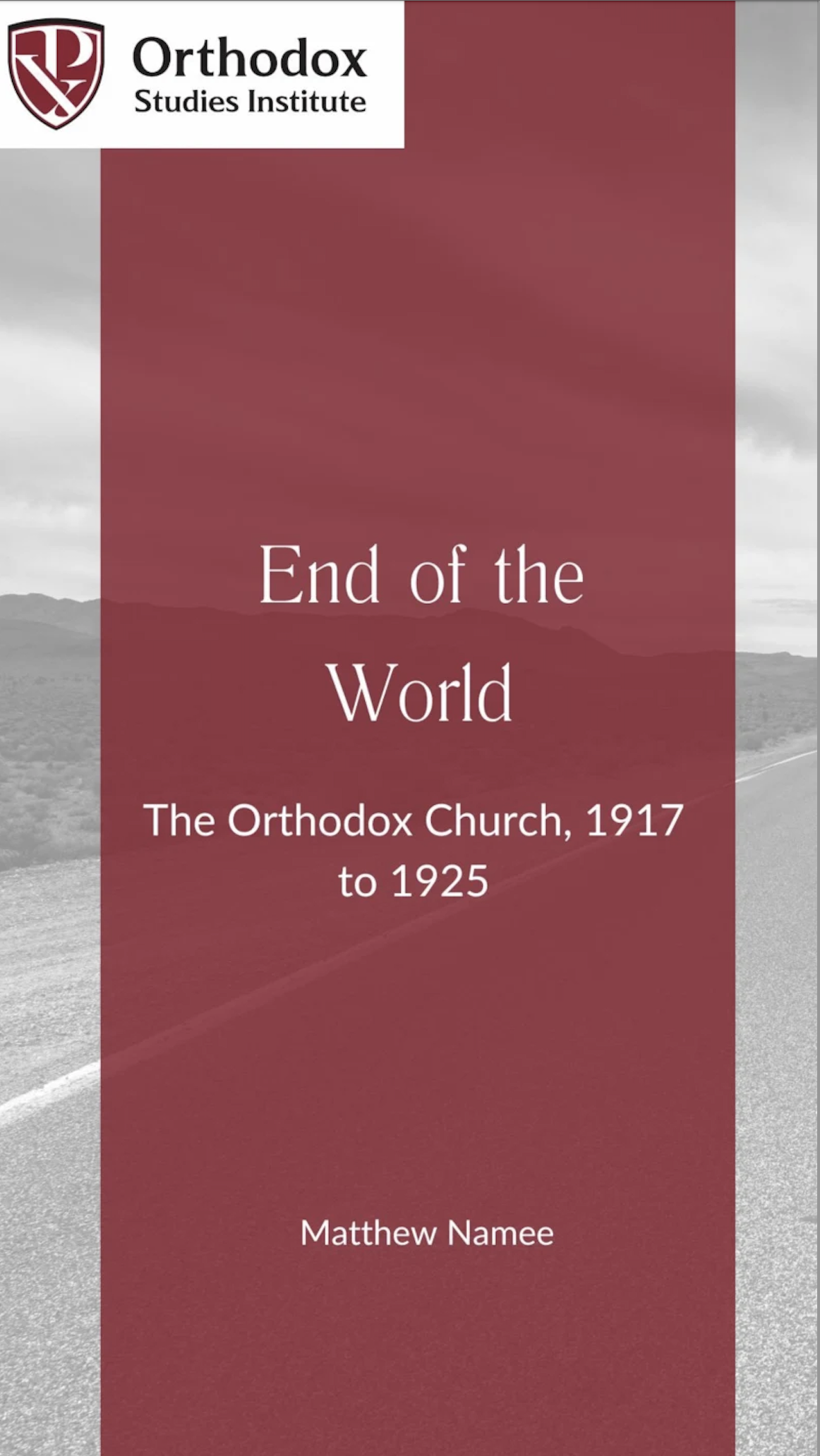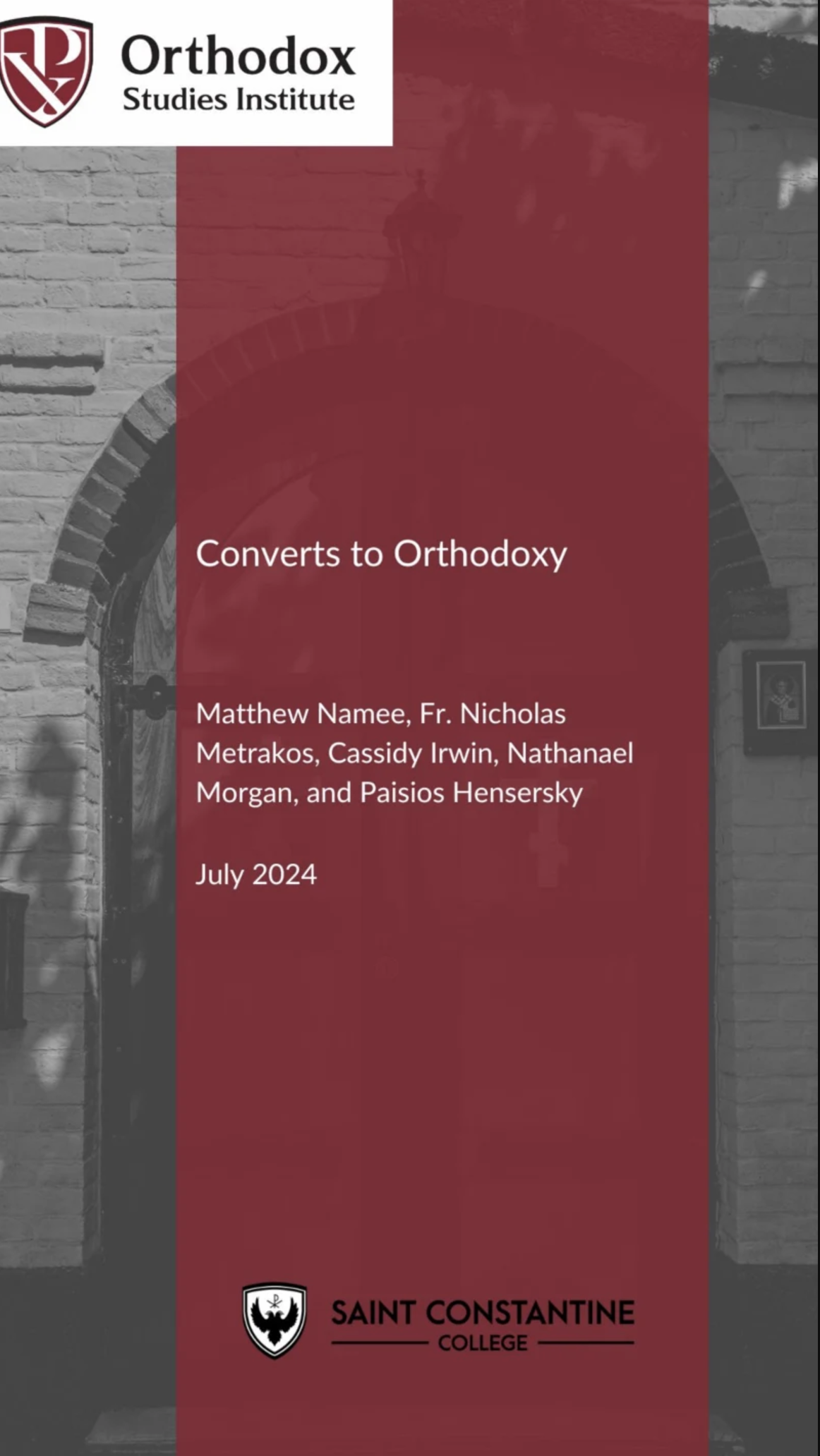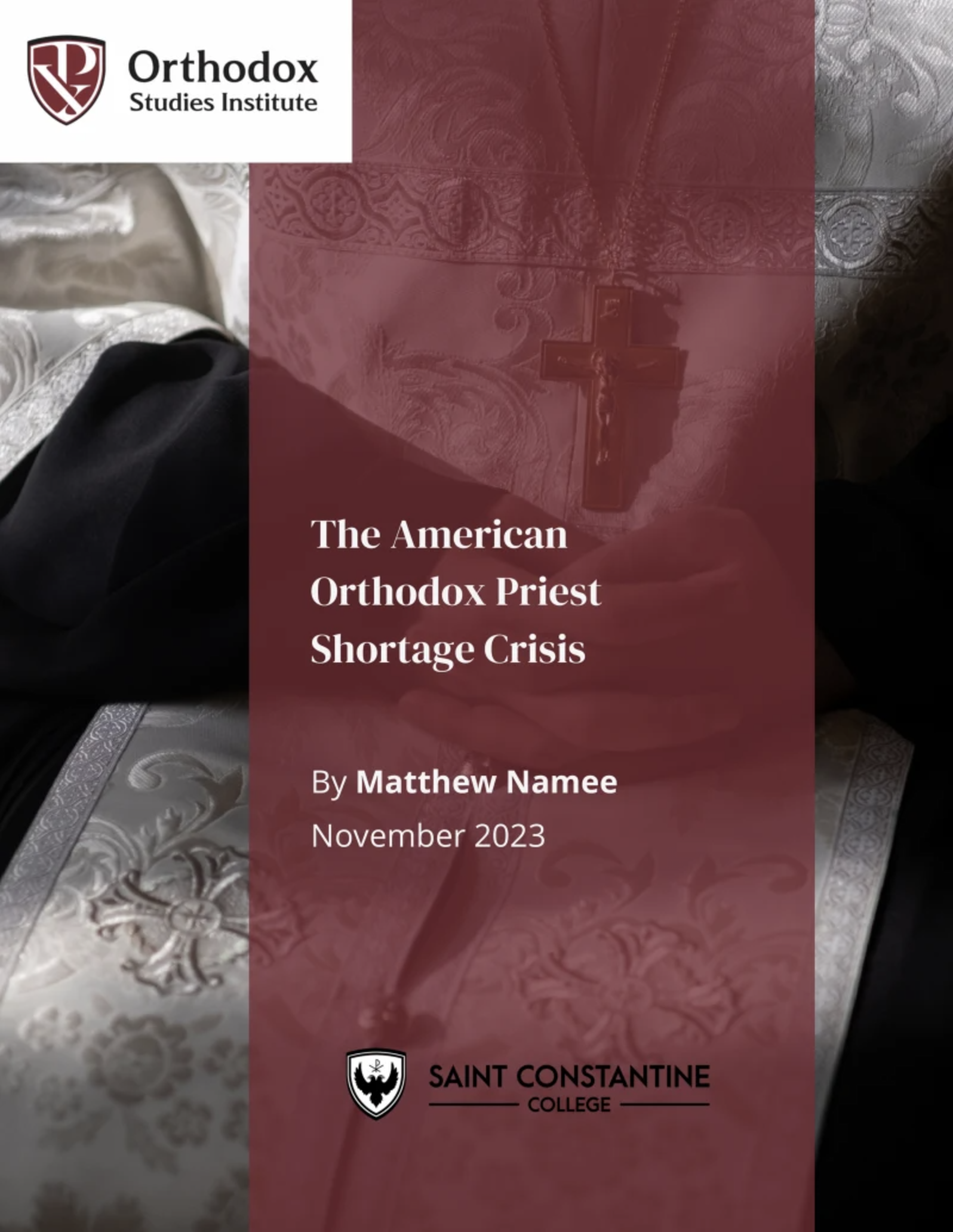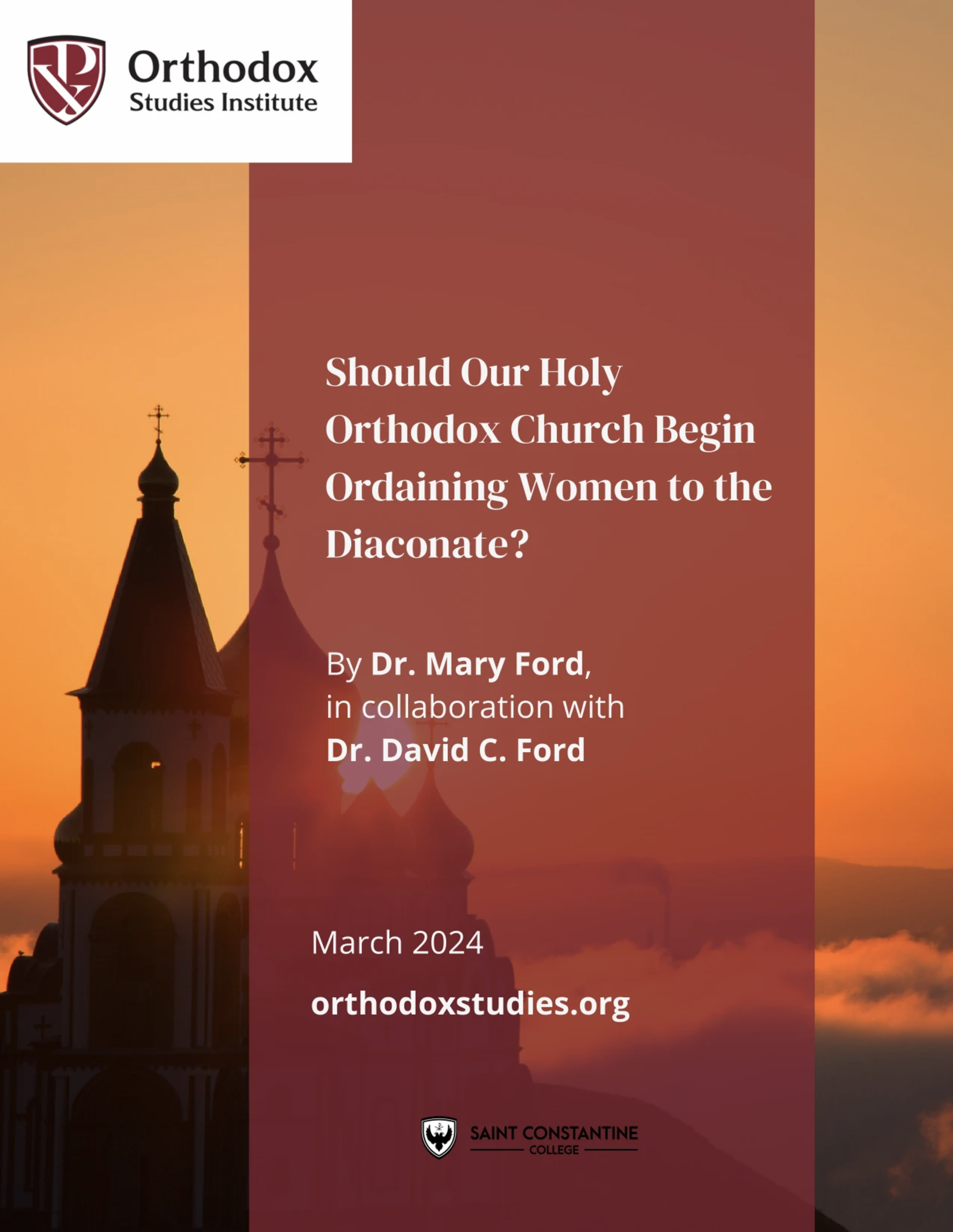Reports
Every year, the “Foundation for Individual Rights and Expression” (FIRE) conducts a large-scale survey of college students. Here’s how FIRE describes their latest study, from 2024: “This year’s survey includes 58,807 student respondents from 257 colleges and universities. Students who were enrolled in four-year degree programs were surveyed via the College Pulse mobile app and web portal from January 25 through June 17, 2024.” (College Pulse verifies that respondents are college students using the students’ .edu email address.)
FIRE’s focus is on assessing free speech on college campuses, but they also ask demographic questions — including questions about religion. This means that we can use FIRE’s publicly-available data to learn about Orthodox Christian students on college campuses. In this report, we will dig into the latest FIRE data.
New Data on American Orthodox College Students is available now for download.
Last year, two major surveys were conducted on the American population: the Pew Religious Landscape Study (with nearly 37,000 respondents) and the Cooperative Election Study (with almost 60,000 respondents). Both Pew and CES asked respondents a battery of questions, and we can learn a lot about our own Orthodox community from the data. In this report, we’ll present some key findings from the two new surveys.
All of this is a bit of a preamble to what we’ll be working on at OSI in the coming months. Pew and CES are datasets that we didn’t compile, using questions that we didn’t design. We’re trying to extract insights from them about the Orthodox community, but there are lots of limitations and drawbacks inherent in both surveys. Soon, we’ll have our own, much larger, much more reliable data on the US Orthodox population. To prepare for that, we’ve been analyzing Pew and CES – fully cognizant of their imperfections.
American Orthodoxy Today: Results from the Pew and CES Surveys is available now for download.
"In February 1917, as World War I raged, a revolution in Russia toppled the great Romanov dynasty. The Tsar and his family were kept under house arrest. Until the second revolution in October of this year when the Bolsheviks seized total power, more moderate elements nominally controlled the Russian state, and the Orthodox Church was not yet overtly persecuted...."
End of the World is available now for download.
This study aims to provide insights on converts to the Orthodox Christian Faith throughout the United States. By analyzing the number of conversions year by year, we hope to provide Orthodox Christian leaders with data on the numbers of converts and other demographic information, such as comparisons of male and female conversion rates, the reasons converts give for joining the Orthodox Church, and whether they were received through baptism or chrismation only.
Converts to Orthodoxy is available now for download.
"For at least the past quarter-century, Orthodox jurisdictions in America have been discussing the 'priest shortage' problem. The OCA addressed this at its All-American Council in 1999 and again in 2005, when it observed that 400 priests would soon retire and 100 new missions were expected to open over the next decade, with only 20-25 priests per year being ordained. The same year, 2005, the Greek Archdiocese also addressed the priest shortage problem. Then in 2020, the OCA website reported that 30% of active OCA were aged 65 or older, while the main OCA seminaries were expected to produce only 12 new priests per year. The article observed, 'The rate is, therefore, insufficiently meeting the urgent priest shortage the Church is already experiencing today. If the enrollment at our seminaries remains steady, over the next 5-10 years, when the 164 priests in the age group 55-64 currently serving will enter retirement age, another 40+ parishes across the Orthodox Church in America will not have a full-time parish priest.'"
The American Orthodox Priest Shortage Crisis is available now for download.
"While we recognize that some Orthodox Christians believe that a female diaconate with a liturgical role similar to a male deacon's is needed in our Church today, we strongly disagree that there is such a need, or that it would be advisable, for the reasons outlined below. There are already a multitude of opportunities for lay ministry, and sometimes Orthodox laity, both women and men, need to hear the message: 'You don't need to be ordained to serve Christ and His Holy Church!'"
